Irrigation: Out With the Old and In With the New
While we have had rain this summer, later June and July were dry at Intervale Community Farm. And then August late heat nearly broke records. Hot weather, limited rainfall, and sandy soils add up to irrigation. We move pipes, lay out drip tape, hook it all up, turn on the water, unplug sprinklers, patch the drip tape, and finally, water the crops. After we’ve watered sufficiently -- which varies a lot depending on the crop, stage of growth, sandiness of the particular field, and, of course, the weather – we take much of the system apart so we can move through the field for harvest and tractor work. In hot dry conditions, we repeat this cycle twice a week or more.
We appreciated any rainfall, but a July full of irrigation meant the end of our tractor-powered irrigation pump in our main production field. After 10 years of good service, we are relegating our well-used Hale pump to emergency back up status, based on a lengthening crack in the main shaft, and an old enough unit that parts are no longer available. All of the tractor-powered irrigation pumps are apparently made in Italy, and our new Ocmis TN080 is no exception. We are optimistic we will have years of trouble-free irrigation while enjoying significantly improved performance over our old pump.
This year ICF is participating in a study investigating irrigation water use sponsored by the US Department of Agriculture Northeast Climate Hub and University of Vermont Extension. Researchers have very little data about how much water is actually used by vegetable farms in the Northeast. Water use has not been much of a focus of research, in part because irrigation necessity is intermittent in the Northeast, and many growers choose to rely primarily on natural rainfall for their crops. In hotter and sandier locations like ICF, this has not been a viable strategy, so we have been investing in irrigation equipment and moving lots of water for most of our 29 years of growing. As of 7/27/2018, we pumped 771,522 gallons into our main production field: a lot of water by any measure!
Although we never want flood conditions, we do appreciate a good rainfall and are always anxious to check our many rain gauges!
